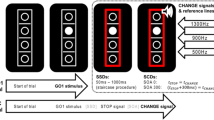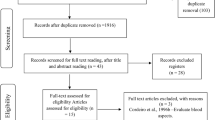Abstract.
A meta-analysis for neurobehavioural test results of subjects occupationally exposed to mercury was carried out in order to find general tendencies and express possible deficits numerically. Out of 44 studies investigating neurobehavioural functions of occupationally exposed individuals, 12 studies provided the data required and were included in the analysis. In all, 14 neuropsychological tests with 20 different tasks were analysed. The results related to 686 exposed and 579 control subjects. Nine significant performance effects were shown for mean urinary concentrations between 18 and 34 µg Hg/g creatinine. The effects sizes (DW+) referred to attention (DW+=–0.40 and –0.46), memory (DW+=–0.38 and –0.40), construction (DW+=–0.20) and motor performance (DW+=–0.24, –0.40, –0.44 and –0.47). Additionally there was evidence for a dose-response relationship of effect sizes, if all test results were taken into account. Whether the effect sizes could be subject to overestimation was discussed, but there were no reasons for such an assumption. The results can be used as suggestions for new discussions about threshold limit values.
Similar content being viewed by others
Author information
Authors and Affiliations
Additional information
Electronic Publication
Rights and permissions
About this article
Cite this article
Meyer-Baron, M., Schaeper, M. & Seeber, A. A meta-analysis for neurobehavioural results due to occupational mercury exposure. Arch Toxicol 76, 127–136 (2002). https://doi.org/10.1007/s00204-002-0327-9
Received:
Accepted:
Issue Date:
DOI: https://doi.org/10.1007/s00204-002-0327-9




